This Hidden Italian Island Offers Stunning Landscapes, Natural Hot Springs, and World-Class Vineyards
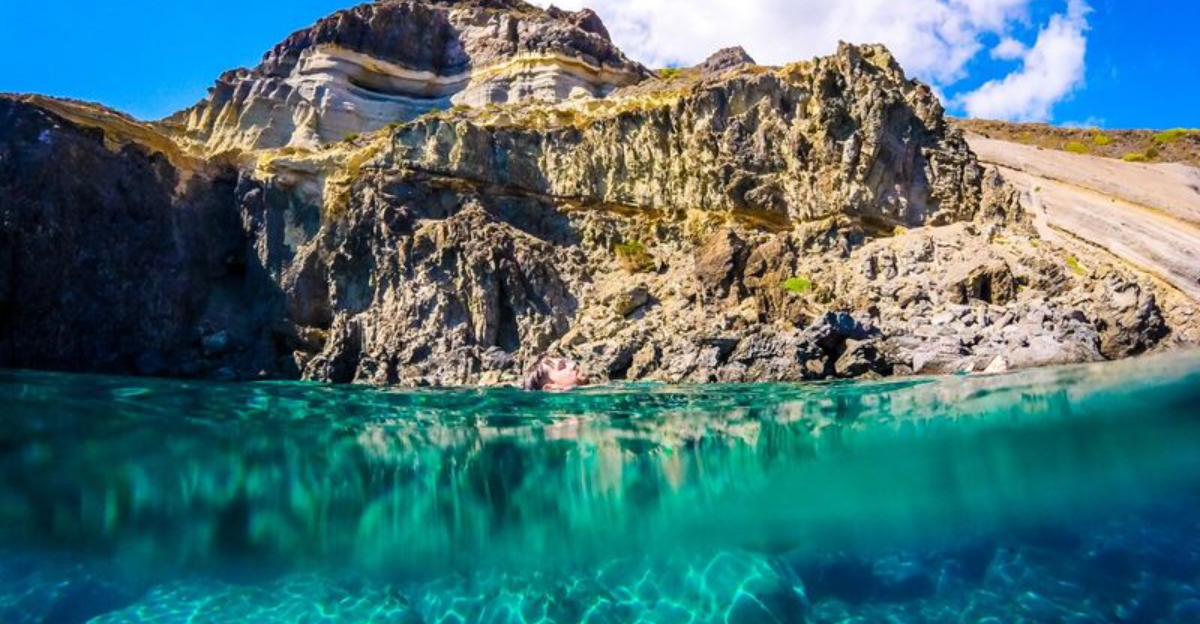
Forget the Amalfi Coast. Ditch Capri. There’s an Italian island so wild, so stunning, and so blissfully off the tourist radar that it feels like your own private Mediterranean paradise.
This isn’t some postcard-perfect, tourist-packed island—it’s Italy at its rawest and most intoxicating. No sandy beaches? No problem. Here, you’ll swim in hidden coves, sip world-famous wine made from sun-drenched Zibibbo grapes, and hike through landscapes so surreal they look like another planet.
So, if you’re craving something different—something untamed and unforgettable—Pantelleria is calling.
1. Best Time To Visit
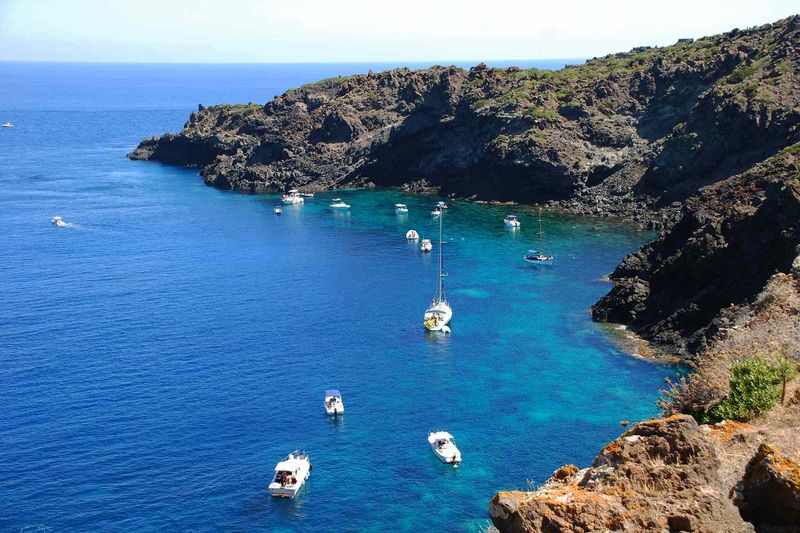
Timing is everything when it comes to Pantelleria. If you’re after hot, sun-drenched days and the buzz of summer energy, July and August are the prime months. But be warned—this is when the island is at its busiest.
If you prefer fewer crowds, cooler hikes, and a more relaxed vibe, May, June, September, and even early October are absolute gold.
Winter? Well, let’s just say it’s for the true solitude seekers. The island slows to a near standstill, with moody skies and strong winds whipping through the cliffs. It has its own charm, sure, but if you’re coming for the sea, the sunshine, and the full Pantelleria experience, stick to late spring through early fall.
2. How To Get There (Flights & Ferries)
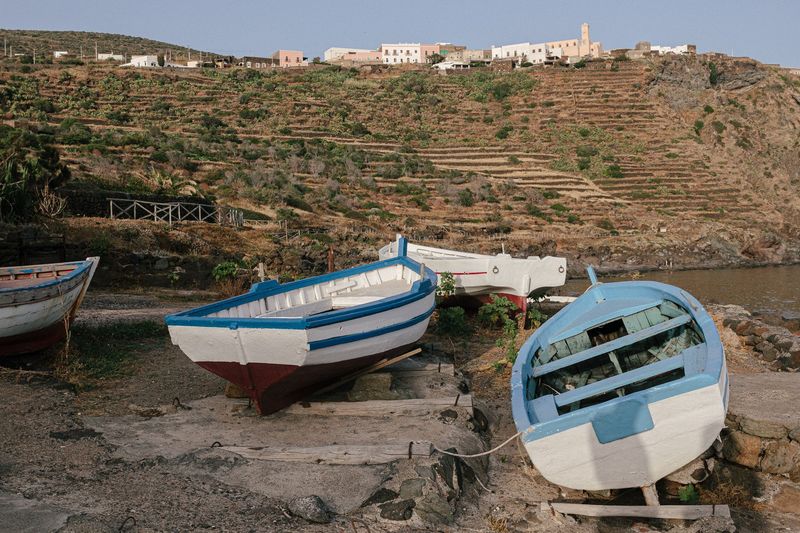
For an island that feels so remote, getting to Pantelleria is surprisingly easy. The fastest way? A short flight from Palermo or Trapani. If you’re traveling in the summer, you can also snag direct flights from Rome, Milan, or even Bologna.
If you prefer something more scenic and don’t mind a longer journey, ferries from Trapani are your best bet. The hydrofoil takes about two hours, while the regular ferry is an overnight trip—perfect if you want to wake up with Pantelleria’s rugged cliffs greeting you at sunrise.
One tip: Flights can book up fast in peak season, so plan ahead!
3. Entry Requirements & Travel Documents
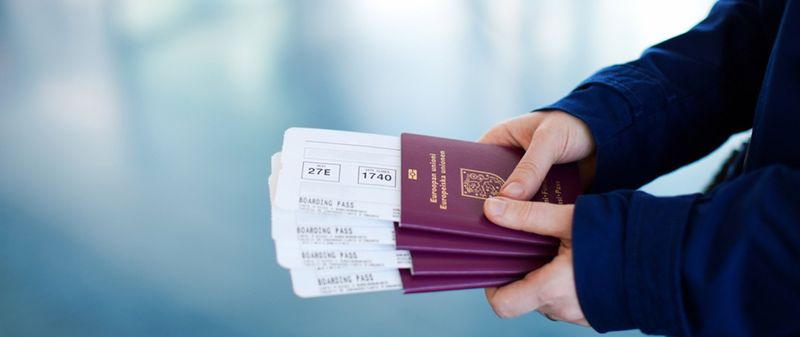
Pantelleria is part of Italy, so if you’re from the EU, all you need is an ID.
If you’re traveling from the U.S., Canada, or Australia, just bring your passport. There’s no visa required for stays under 90 days.
But here’s a pro tip: double-check travel updates before you go, just in case entry rules change.
4. Where To Stay (Hotels, Dammusi, Resorts)
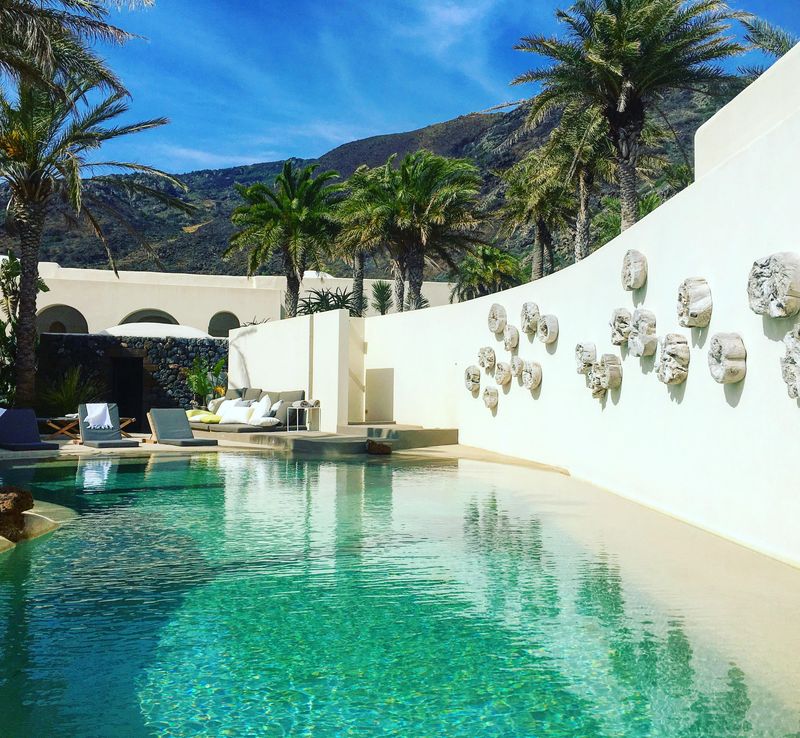
Forget cookie-cutter hotels! Pantelleria is all about staying in a dammuso. These are traditional stone houses with thick walls, arched windows, and curved, white rooftops that naturally cool the interiors.
Some are simple and rustic, while others have been turned into luxurious villas with infinity pools and vineyard views.
If you want a full-service stay with all the comforts, check out resorts like Sikelia, an intimate boutique hotel with high-end dining and serious style. Prefer something more laid-back? There are plenty of family-run guesthouses and rental dammusi where you can experience true island life.
5. Best Areas To Stay In Pantelleria
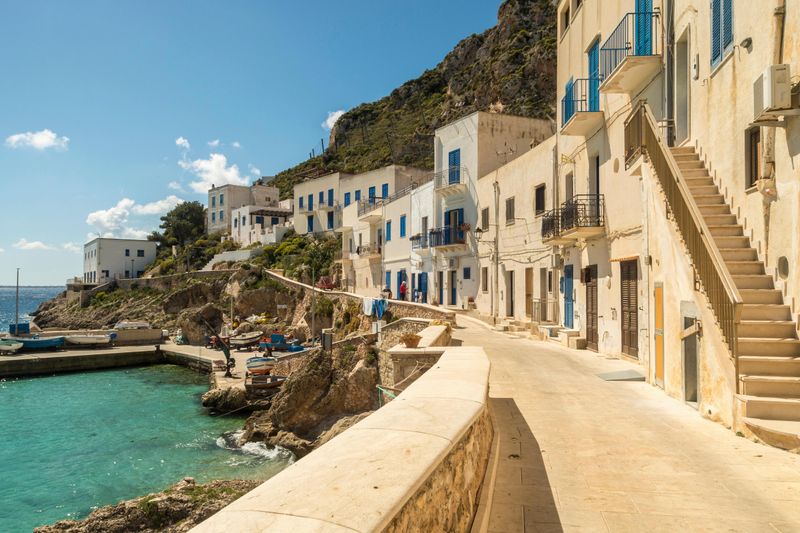
Choosing where to stay depends on your vibe. Want a mix of local life, easy access to restaurants, and a harbor view? Pantelleria Town is your best bet. If you’re all about wine, nature, and a slower pace. The countryside areas like Khamma and Tracino are perfect.
For seaside magic and those jaw-dropping sunsets, Scauri is a dream, with its cliffs dropping straight into the Mediterranean.
Wherever you stay, renting a car or scooter is a must—Pantelleria is all about exploring at your own pace.
6. Transportation On The Island (Car Rental, Scooters, Taxis)
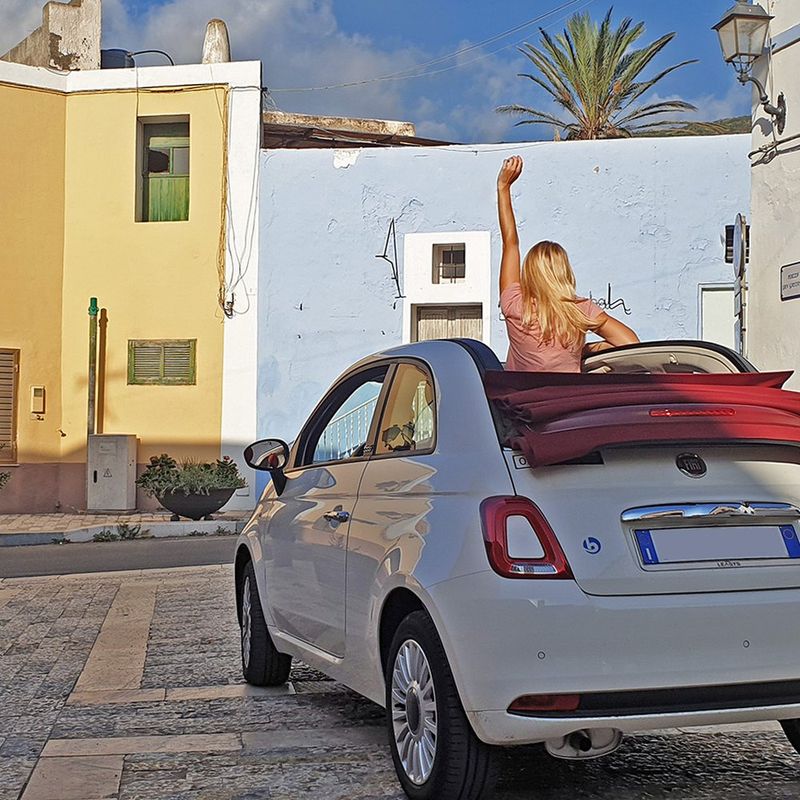
Let’s get one thing straight: public transport is basically nonexistent here. Your best option? Renting a car or scooter.
If you’re comfortable with winding, dramatic coastal roads, a scooter is the way to go. It’s fun, breezy, and lets you zip into tiny hidden spots. But if you plan on covering more ground (or carrying wine back to your dammuso), a rental car is the better choice.
Taxis are available, but they’re pricey and not as convenient. So, unless you’re staying in one spot and plan to rely on boat tours, having your own wheels is a game-changer.
7. Top Things To Do (Natural Attractions, Historical Sites)
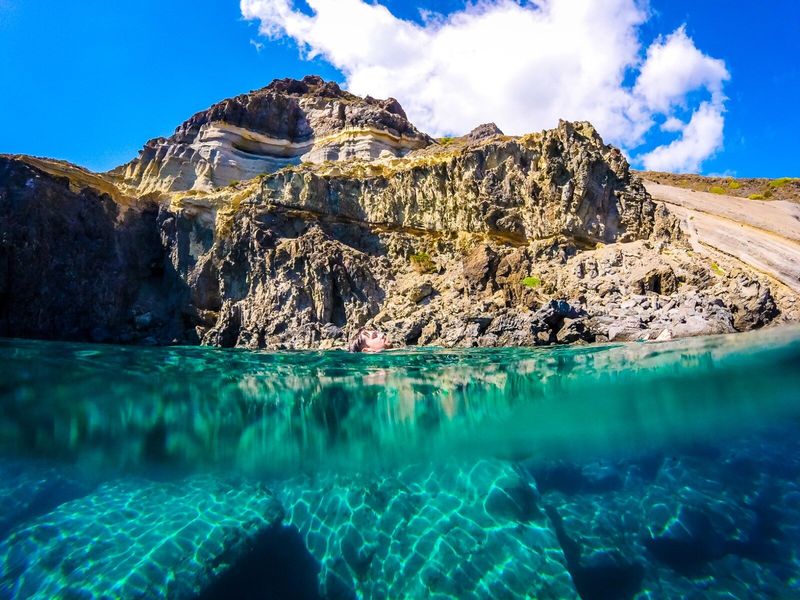
Pantelleria is a natural playground, and the best way to experience it is to just get out and explore.
Lago di Venere: A volcanic lake with crystal-clear turquoise waters. The mineral-rich mud here is basically nature’s spa treatment—slather it on, let it dry, and rinse off in the warm lake water.
Arco dell’Elefante: The island’s most famous rock formation, shaped like an elephant dipping its trunk into the sea. A must-see (and a must-photograph).
Montagna Grande: The island’s highest peak. Hike up through wild herbs and Mediterranean shrubs, and you’ll be rewarded with epic panoramic views.
Sesi Tombs: These ancient Bronze Age stone structures (think mini Stonehenges) are some of the island’s oldest mysteries. Who built them? Why? No one’s quite sure, but they’re fascinating.
8. Best Beaches & Swimming Spots
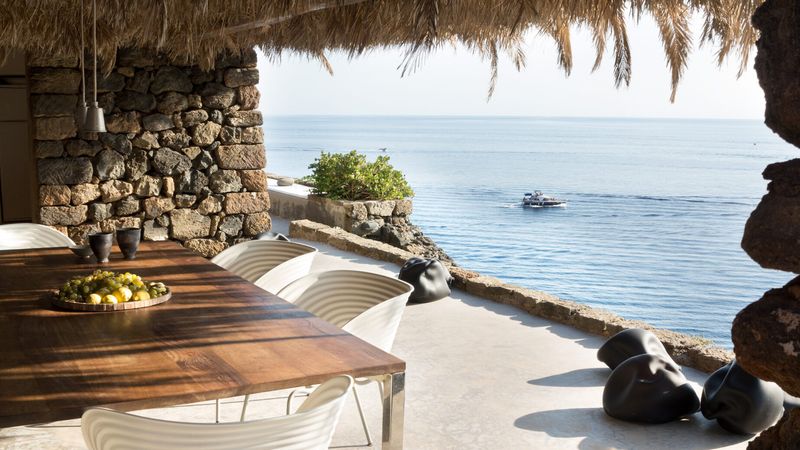
Pantelleria doesn’t have sandy beaches. But don’t let that stop you. Instead, you’ll find stunning rocky coves, natural pools, and crystal-clear waters.
Balata dei Turchi: A dramatic, rocky bay with unbelievably blue water. Not easy to get to, but worth every bump in the road.
Ondine Pool: A small, calm natural pool, perfect for lazy swims.
Cala Levante & Cala Tramontana: Twin bays perfect for sunbathing, swimming, and snorkeling.
Nikà Hot Springs: Where the sea meets a bubbling thermal spring. Nature’s hot tub, anyone?
9. Where To Eat (Top Restaurants, Local Cuisine)
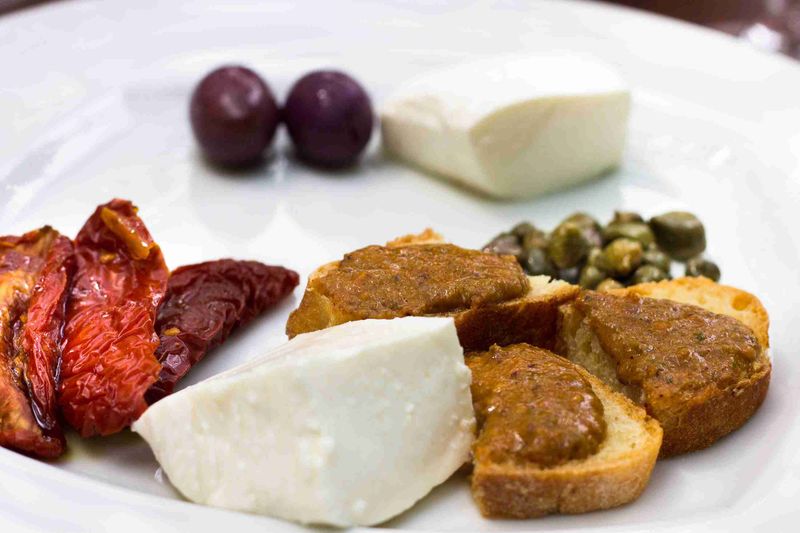
If there’s one thing Pantelleria absolutely nails, it’s food bursting with flavor and history. The island’s cuisine is a beautiful mix of Italian and North African influences, thanks to its position between Sicily and Tunisia.
For the ultimate seafood feast, head to Il Principe e Il Pirata. It’s a local legend known for its ultra-fresh fish and perfect pasta. Want to eat somewhere that feels like a secret? Osteria Il Cappero serves up Pantellerian-style couscous and homemade dishes in a charming, off-the-beaten-path setting.
If you’re after a romantic sunset dinner, La Nicchia offers delicious traditional dishes in a cozy courtyard under the stars. Oh, and whatever you do, don’t leave without trying bacio pantesco, a crispy ricotta-filled pastry that tastes like happiness.
10. Local Specialties To Try
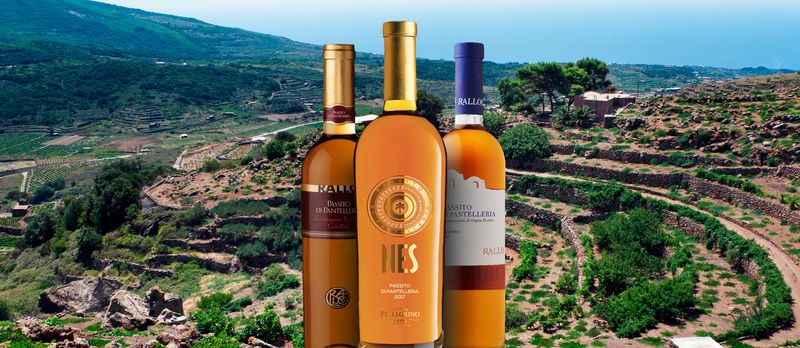
Pantelleria’s flavors are bold, sun-kissed, and utterly unique. First up: Pesto Pantesco, a rich tomato-based sauce loaded with almonds, garlic, basil, and capers—basically Sicily in a jar.
Speaking of capers, Pantellerian capers are legendary. These tiny, salty bursts of flavor are grown in volcanic soil and hand-picked with care.
Then there’s caponata, a sweet-and-savory eggplant dish that’s so good it could bring tears to your eyes. And let’s not forget the island’s most famous liquid gold: Passito di Pantelleria, a sweet, amber-colored dessert wine made from sun-dried Zibibbo grapes. One sip and you’ll wonder why you ever drank anything else.
11. Wine And Vineyard Experiences
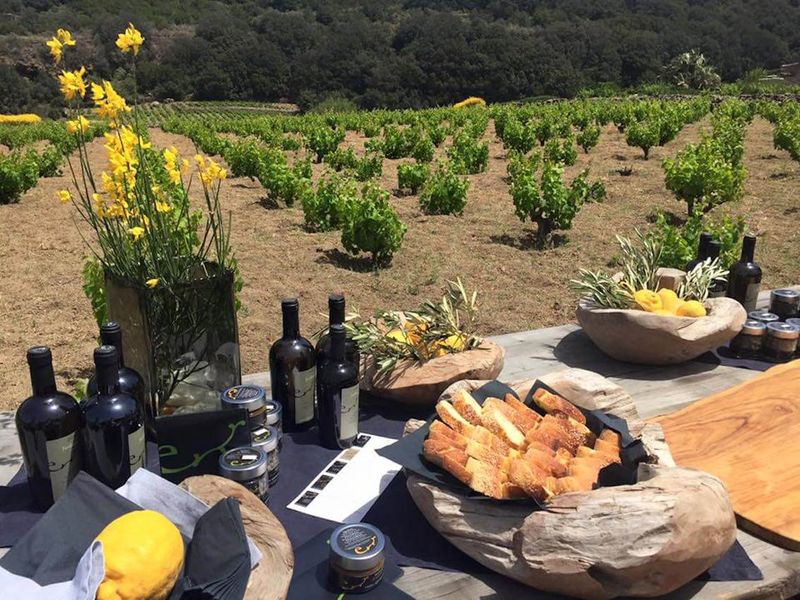
Wine lovers, rejoice! Pantelleria is a dream come true. The island’s volcanic soil and hot, dry climate create some of the most distinctive wines in Italy, especially its famous Passito di Pantelleria.
For an unforgettable tasting, visit Donnafugata, one of the island’s most celebrated wineries, where you can sip golden Passito while watching the sun dip into the Mediterranean. If you prefer a family-run, intimate experience, Ferrandes is the place to be. Tey’ve been perfecting their craft for generations.
And even if you’re not big on wine, just visiting the vineyards is an experience in itself.
12. Thermal Baths And Natural Hot Springs
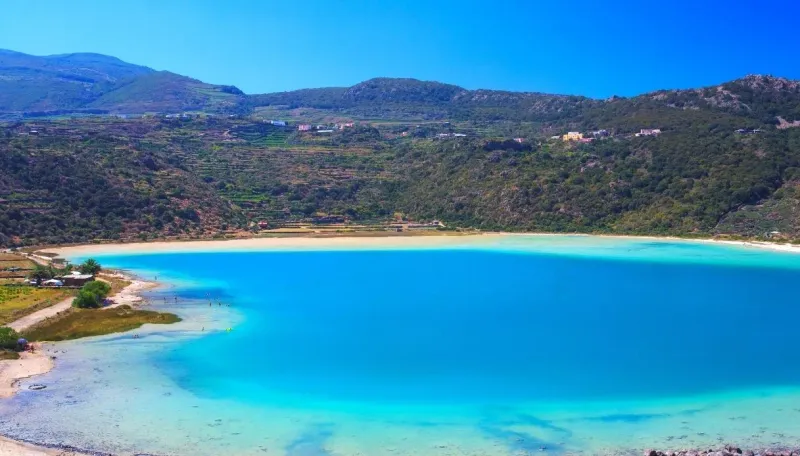
One of the best parts about Pantelleria? The island is one giant open-air spa. Thanks to its volcanic origins, thermal baths and hot springs are scattered all over.
Start with Lago di Venere. It’s a stunning lake where you can slather yourself in natural, mineral-rich mud that makes your skin ridiculously soft. Then, head to Gadir, a seaside thermal spring where warm water bubbles up into small, rocky pools right next to the sea. It’s a surreal experience, especially at sunset!
For something truly unique, check out Bagno Asciutto, a natural sauna inside a cave on Montagna Grande. Steam rises through the earth, creating the perfect post-hike detox in the middle of nature.
13. Outdoor Activities (Hiking, Diving, Boat Tours)
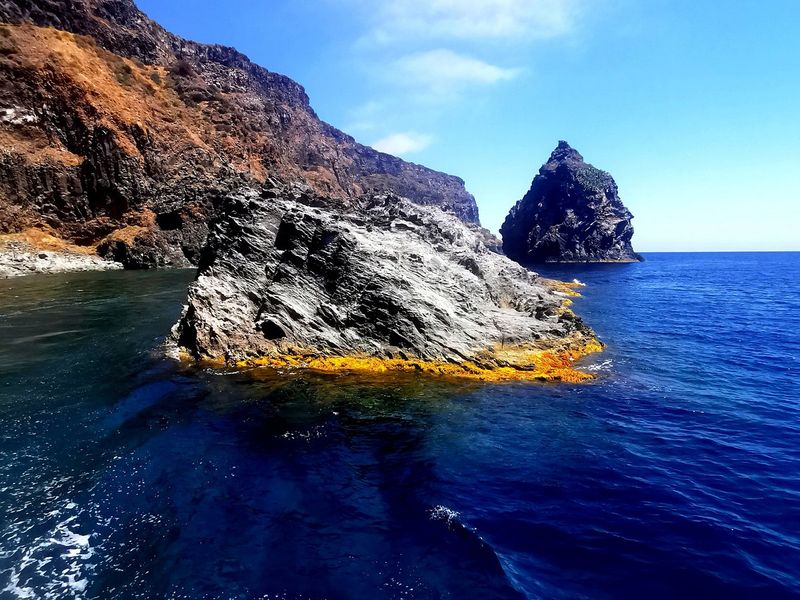
If you love being active while surrounded by jaw-dropping scenery, Pantelleria has you covered. The island is a hiker’s paradise. It has trails that lead through volcanic craters, wild olive groves, and ancient terraces.
One of the best hikes? Monte Gibele. It’s an extinct volcano with panoramic views that stretch all the way to Africa on a clear day.
Prefer being in the water? Diving and snorkeling here are next-level. The seabed around Pantelleria is filled with underwater caves, coral formations, and even Roman-era shipwrecks.
14. Hidden Gems & Off-The-Beaten-Path Spots
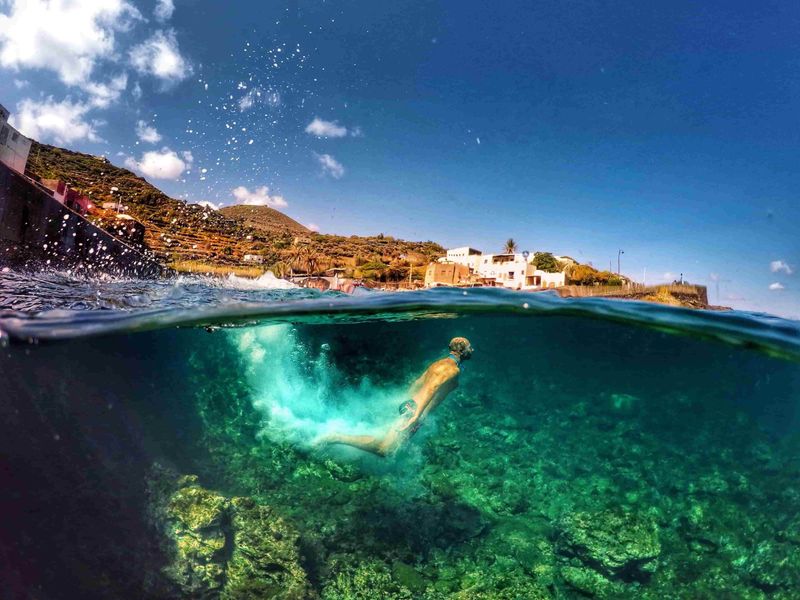
Pantelleria is all about discovering hidden spots that feel like your own little secret.
One of the most magical? Kùddia Attalora, a hilltop with wildflowers, ancient terraces, and a view that makes you feel like you’re standing on the edge of the world. Then there’s Bugeber, a tiny village where you’ll find some of the best vineyard views and a peaceful vibe away from the crowds.
For something truly special, explore the ancient dammusi in Rekhale, where old stone houses blend into the landscape, giving you a glimpse of what life was like here centuries ago.
15. Cultural And Historical Sites To Visit
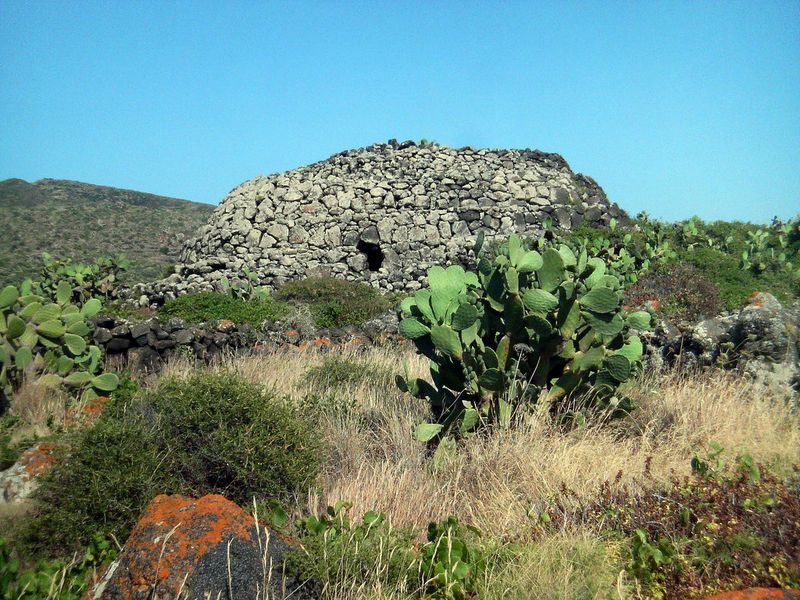
Pantelleria may be small, but it’s got a deep, fascinating history. Start with the Castello di Pantelleria, a Norman fortress made entirely of black lava stone, which has guarded the island for centuries. The best part? You can climb to the top for an amazing view over the harbor.
Then, there are the mysterious Sesi tombs, prehistoric stone structures dating back to the Bronze Age. No one really knows exactly who built them, but they’re one of the most ancient sights in all of Italy.
And don’t miss the Phoenician and Roman ruins scattered across the island. Each tells a different story of the civilizations that passed through this strategic Mediterranean outpost.
16. Weather And What To Pack
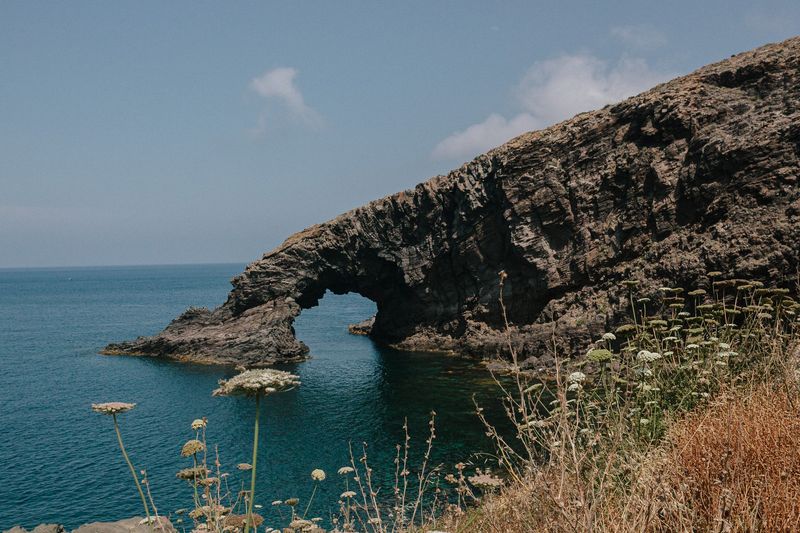
Pantelleria gets a LOT of sun, so pack light, breathable clothing, a swimsuit, and sturdy sandals for the rocky shores.
The wind can be strong, so a good hat (one that won’t fly off your head!) is a must.
If you’re visiting in spring or fall, bring a light jacket. Because, the nights can be surprisingly cool. And if you’re coming in August, don’t forget sunscreen, sunglasses, and a reusable water bottle. You’ll need them!
17. Essential Travel Tips & Local Etiquette
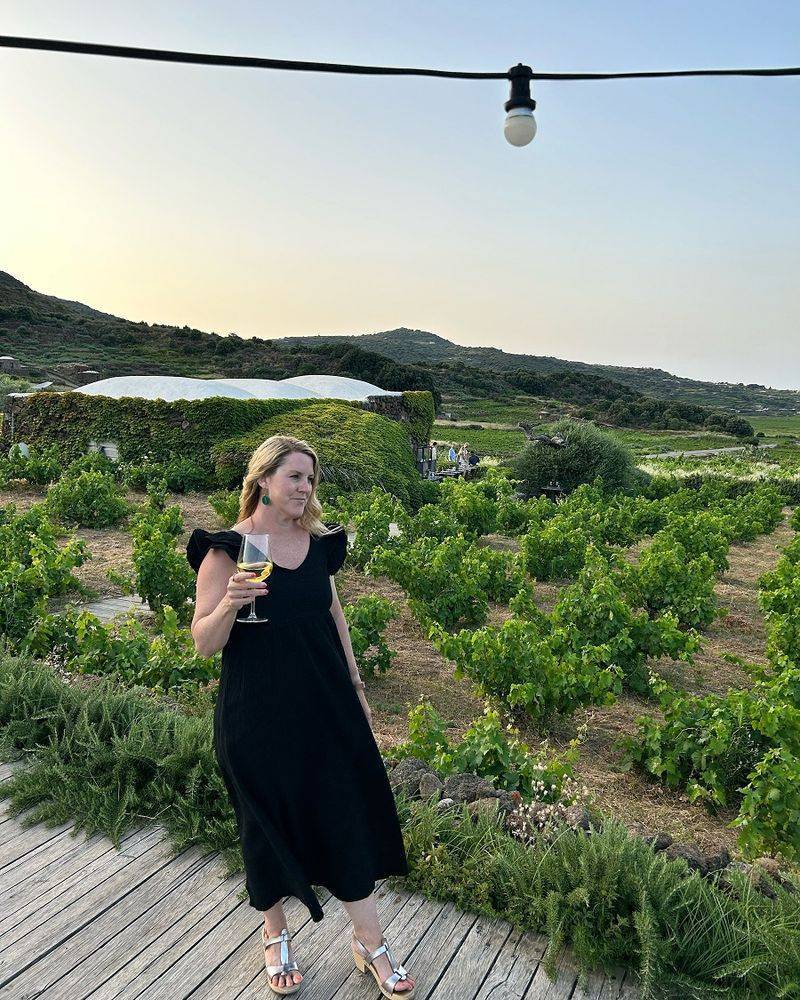
Island life here is slow and relaxed, so embrace it! Shops often close during the afternoon siesta, so plan your shopping in the morning or evening.
Greet people with a friendly “Buongiorno!” and don’t rush—meals here are meant to be savored.
Also, respect the landscape! Pantelleria is a national park, and locals are passionate about protecting its natural beauty.
18. Cost And Budget Considerations
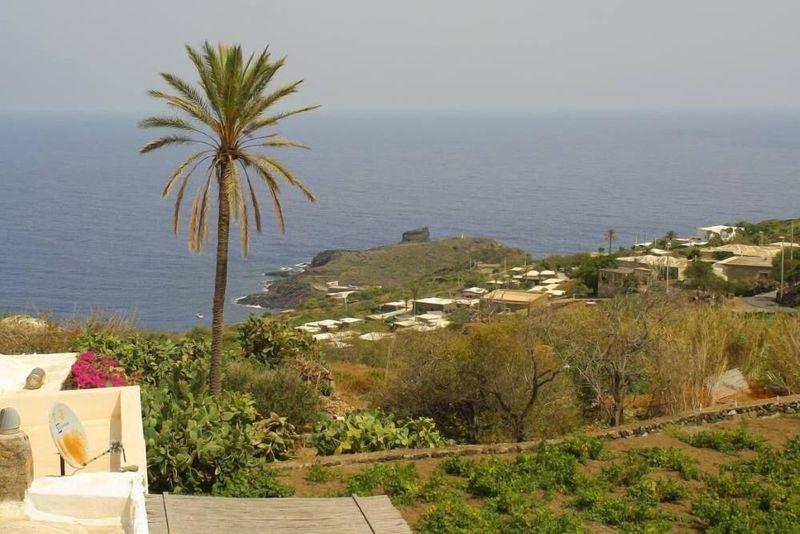
Pantelleria can be as affordable or as luxurious as you want.
Renting a simple dammuso? Budget-friendly. Staying in a high-end resort? You’ll be spending. But overall, prices are reasonable compared to other Italian islands.
Car rentals are a must, so factor that into your budget. Eating out ranges from cheap and delicious trattorias to fancier restaurants, but if you want to save money, stock up on fresh local ingredients and enjoy a picnic with a view.
19. Safety And Health Tips
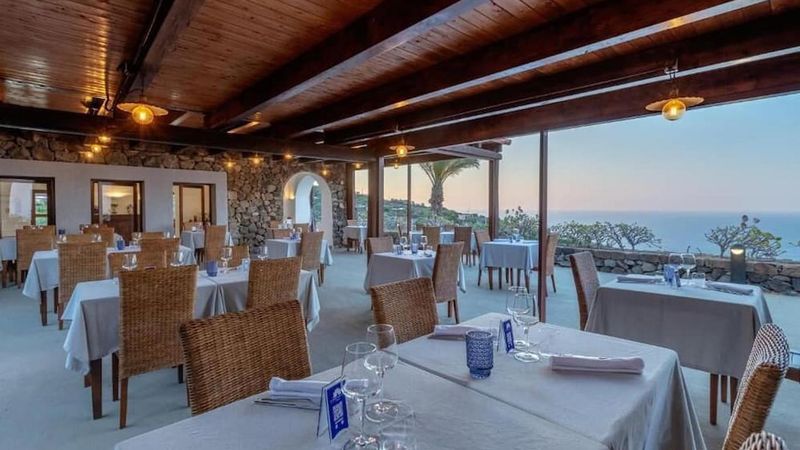
Pantelleria is incredibly safe, but its wild terrain requires some caution.
Stay hydrated, wear good shoes for hiking, and watch out for strong sea currents in some areas.
And remember—the sun is powerful here, so don’t skimp on sunscreen!
20. Best Souvenirs To Bring Home
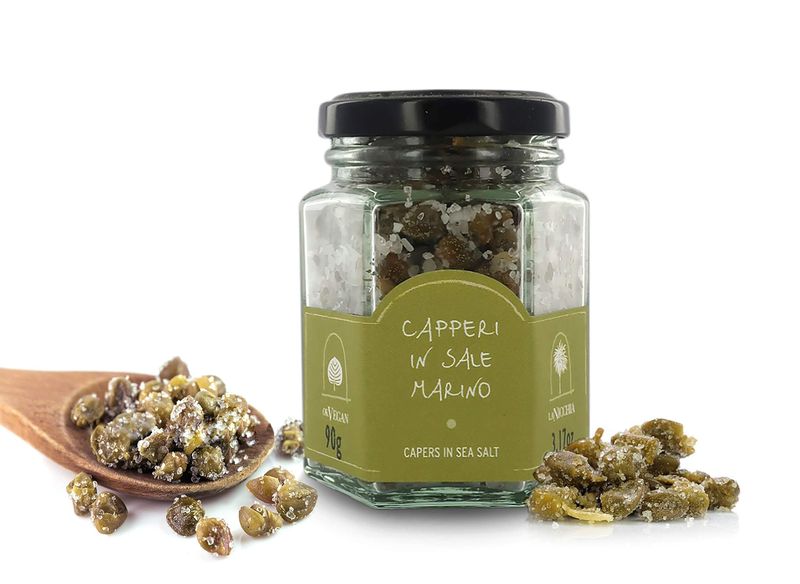
Want to take a piece of Pantelleria home with you?
A bottle of Passito di Pantelleria is a must.
Also, grab a jar of capers, some local olive oil, or handmade lava-stone jewelry—each one carries a little piece of the island’s magic.
